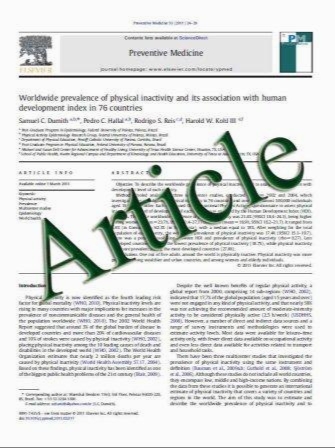Assessing patients for catheter ablation during hospitalization for acute heart failure
- نوع فایل : کتاب
- زبان : انگلیسی
- مؤلف : Bradley P. Knight • Jason T. Jacobson
- چاپ و سال / کشور: 2011
Description
Heart rhythm problems are common among patients who are hospitalized with acute heart failure (HF). Although it is often difficult to determine whether a tachyarrhythmia is the major contributor to an acute HF decompensation or merely a consequence of the decompensation, both issues usually need to be addressed. There is also a subset of patients with HF who have a tachycardiainduced cardiomyopathy (TIC), where the sole cause of the ventricular dysfunction is the heart rhythm problem. In most cases, the management of a tachyarrhythmia in a patient with acute HF is not significantly different than the management of a heart rhythm problem in any patient, but there are several special clinical scenarios and important considerations. These considerations include the time urgency for an intervention, the usual need to be more aggressive and definitive, the need to stabilize a patient to allow for a heart rhythm intervention, such as catheter ablation to be performed safely, and the limitations of antiarrhythmic drugs in patients with ventricular dysfunction. Catheter ablation is a highly effective treatment option for many patients with supraventricular or ventricular tachycardias who are hospitalized with HF. This review will discuss the different types of tachyarrhythmias that can be associated with acute HF and are amenable to catheter ablation, and the assessment that needs to take place in potentially eligible patients to determine when catheter ablation is appropriate.
Heart Fail Rev (2011) 16:467–476 DOI 10.1007/s10741-011-9240-8 Published online: 16 March 2011


